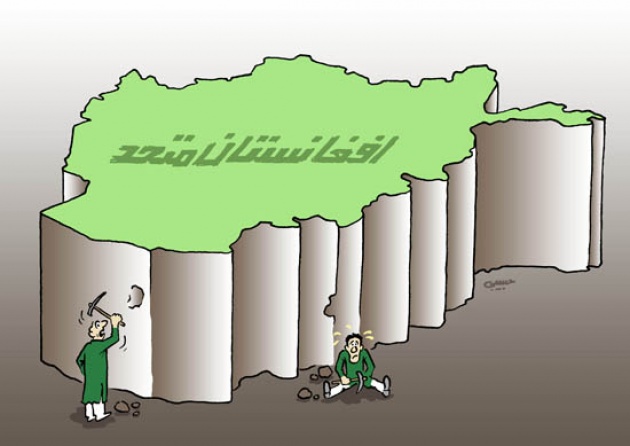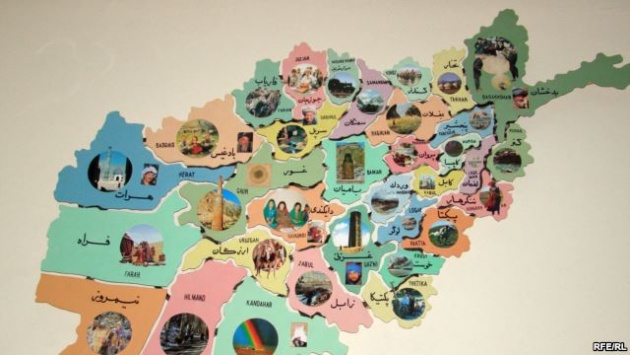 افغانستان ظاهراً به جزیرههای متعدد تقسیم شده است: جزیرههای قومی، مذهبی، تنظیمی، نسلی،... و جنسیتی. این جزیرهها در برخی موارد با هم تعامل دارند، اما در اکثر موارد بیشتر از تعامل در حالت تقابل و نزاع به سر میبرند.
افغانستان ظاهراً به جزیرههای متعدد تقسیم شده است: جزیرههای قومی، مذهبی، تنظیمی، نسلی،... و جنسیتی. این جزیرهها در برخی موارد با هم تعامل دارند، اما در اکثر موارد بیشتر از تعامل در حالت تقابل و نزاع به سر میبرند.
مدیریت سیاسی کشور در یک دههی اخیر با این جزیرهها به عنوان واقعیتهایی برخورد کرده است که تنها موجودیت شان را تحت عنوان «وحدت ملی» رعایت کرده، اما از ایجاد پیوند و رابطهی مستحکم و قانونمند میان آنها عاجز مانده است.
انتخابات ریاست جمهوری در سال آینده، کاندیدان انتخابات را با سوال برخورد خردمندانه با واقعیت مجمعالجزایربودن کشور مواجهمیسازد. کاندیدان باید بگویند که برای ایجاد پ_fa_rszd.jpg) یوند میان این جزیرهها و تبدیل کردن آنها به یک واحد سیاسی بزرگتر چه طرح مشخصی دارند و چه کار میکنند تا نمایندگان این جزایر برای اثبات قدرت و تعیین حوزهی نفوذ خود به نزاعی تازه و خونبار متوسل نشوند و بگذارند همه اجزای یک پیکرهی بزرگتر ملی تلقی شوند.
یوند میان این جزیرهها و تبدیل کردن آنها به یک واحد سیاسی بزرگتر چه طرح مشخصی دارند و چه کار میکنند تا نمایندگان این جزایر برای اثبات قدرت و تعیین حوزهی نفوذ خود به نزاعی تازه و خونبار متوسل نشوند و بگذارند همه اجزای یک پیکرهی بزرگتر ملی تلقی شوند.
Afghanistan is seemingly divided into many islands based on ethnicity, religion, political parties, generation, … and gender. Some of these islands enjoy relative interaction, but most of them are in confrontation and adversary.
The political administration of the recent decade has dealt with these islands as a ground reality and has regarded their presence under the excuse of the National Unity but has failed to tie them together through a strong and law-based connection.
The candidates of the next year’s presidential elections are challenged by providing rationale response to the fact of Archipelago in the country. The candidates are required to present their plan how to forge relation between these islands and how to change them into a bigger political entity. They have to clearly state their platform to prevent the so-called representatives of these islands from resorting to bloody confrontation for their spheres of power and influence and to let people be regarded as the segments of a Grand National body.




